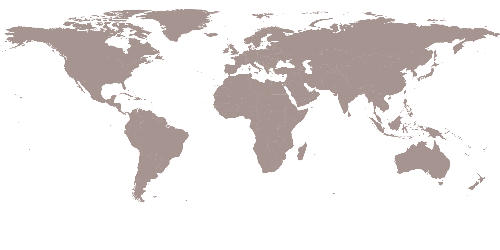Located in the agricultural landscape of Devara Outhu Pallam in rural Tamil Nadu, the Primary Healthcare Centre was commissioned by Mahalir Aran Trust (MAT), a local NGO, and designed by Flying Elephant Studio. Serving a diverse local population of Hindu, Muslim, and Christian communities, the centre responds thoughtfully to the region’s hot, semi-arid tropical climate, characterised by harsh summers and seasonal rainfall from both the northeast and southwest monsoons.
The modest budget and small scale of the project led to a compact, linear footprint—optimised for natural daylighting and cross ventilation. The spatial layout is defined by a clear programmatic hierarchy: a high-tech core housing clinic functions is wrapped by a low-tech, airy waiting verandah. This “building within a building” concept is further surrounded by an outer cultivated landscape, creating multiple layers of thermal and experiential buffering. A stepped amphitheatre at the entrance allows space for public health awareness gatherings and community events.
Designed as a double-skin structure, the building uses passive strategies to mitigate the harsh climate. The outer screen of Vetiver grass thatch, moistened during dry seasons, promotes evaporative cooling while shielding interiors from glare and dust. The cultivated outer layer employs traditional agricultural techniques, including Vetiver grass for soil retention, as well as medicinal plant gardens, orchards, and terraces inspired by the five classical landscape types from ancient Tamil Sangam poetry. Rainwater is celebrated both functionally and symbolically through a prominent central roof gutter that channels water into a collection pond—referencing the site’s name, Devara Outhu Pallam, or “God’s Spring Village.”
Implementation embraced community involvement, blending advanced construction methods with local craft. While the sterile inner core required skilled non-local labour supported by local assistants, the outer envelope was built using local materials and skills—such as Vetiver thatch panels and rubble masonry for plinths and retaining walls. The project not only provides essential healthcare infrastructure but also sets a precedent for climate-sensitive design, community engagement, and sustainable construction in rural India.
Elegance Through Detail and Purpose
The jury recognizes the strength of the project in its sophisticated detailing. Materials are employed respecting their specific qualities. Altogether this forms a simple and elegant design. This is continued in the natural simplicity of providing gathering spaces that will be utilized for providing health awareness programs to the local community. This small-scale edifice is an outstanding example for comparable building tasks.










